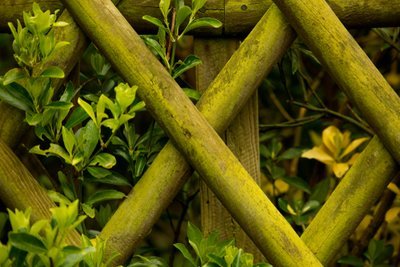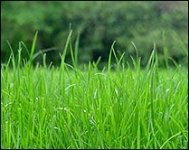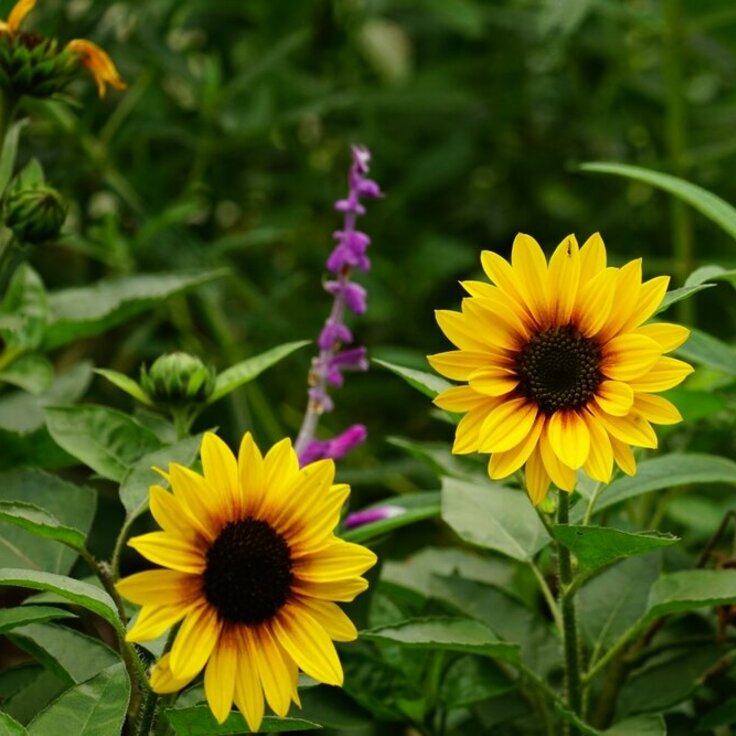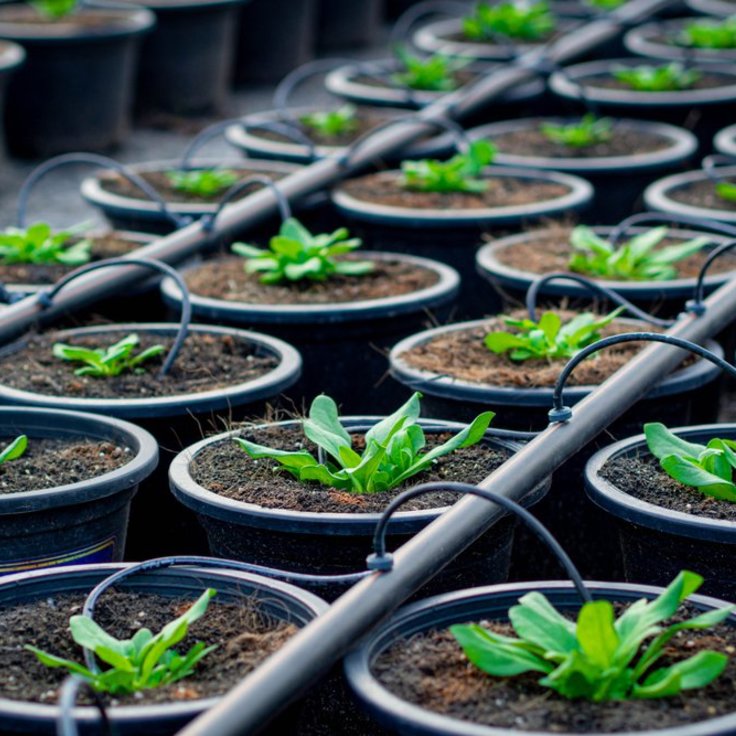Six jobs to do with roses
Pay roses a little attention now and flowers will keep on coming, says Graham Clarke
FEEDING
1. If you want to extend the flowering season for your roses, even up until the first frosts of autumn, it’s time now to get out the rose feed. Established roses, especially those growing in containers, will benefit from a feed of balanced fertiliser at a rate of 2oz per sq yd (65g per m2) to encourage further flowering for the next three months or so. Do not apply fertiliser after the third week of July, as this will then be too late in the season for plants to take in the goodness, and it will be wasted.
WEEDING
2. Weeds of course compete with the roses for moisture, nutrition and light – so it is important always to keep on top of the weeding. Besides, if you allow weeds to get established between roses, it becomes very difficult (and painful) to get down and amongst the plants to hand-pull them. The ideal thing to do is to hoe weed seedlings as soon as they appear (but don’t hoe close to the rose stems or cut into the roots). It is not wise to use weedkiller between your roses as it is almost impossible not to cause the plants some damage.
DEADHEADING
3. With hybrid teas and floribundas you should get into the habit of both cutting flowers for the vase, and deadheading them to keep bud production up. With secateurs, simply cut out the stem tips containing a faded bloom, cutting at a point just above the topmost leaf joint. But remember that if you want the decorative autumn hips – usually more decorative with species types such as Rosarugosa, R. officinalis and the wonderful R. moyesii ‘Geranium’ – then you need to keep the secateurs away, or you’ll lose the show!
ROSE BALLING
4. Do your rose flowers form little “balls”, which do not open, and then just fall off? These are typical symptoms of ‘rose balling’. The outer petals, which fail to open properly, become pale brown, dry and papery. These conditions generally occur in damp weather. Failed buds will rot off and can become covered in grey mould fungus.
The good news is that the plant itself remains healthy, although the year’s flowers are a ‘none event’! Remove affected flowers in case they become mouldy, and this then spreads to healthy parts of the plant. Pay attention to watering (item 5).
WATERING
5. It is important to water roses properly, as if you don’t there is an increased risk of damage to blooms, rose ‘balling’, and the presence of fungal diseases such as mildew.
Avoid watering roses overhead, and particularly not when the weather is sunny and hot. Water early in the morning or late in the evening, and direct all water to the soil.
PRUNING RAMBLERS
6. After they have finished their summer flush of flower, cut out a portion of the flowered stems of rambler roses, so that it becomes easier to tie in any younger shoots arising from lower down the plant.








